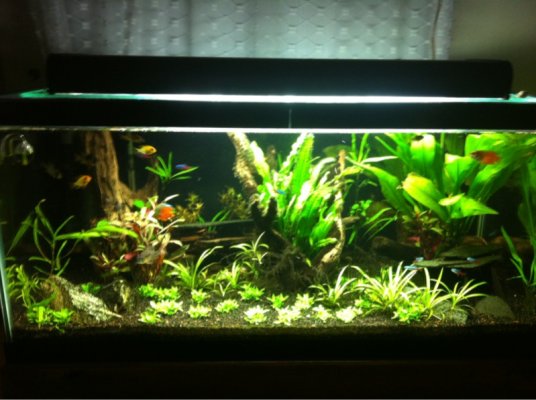bshenanagins
Aquarium Advice Addict
- Joined
- Feb 18, 2013
- Messages
- 1,583
Please if anyone owns a PAR meter would you be willing to help a fellow planted tank member? I need to figure out how much light I'm getting and no one around me has one that I know of. I can pay shipping there and back if anyone can help. Don't have the money to buy one

